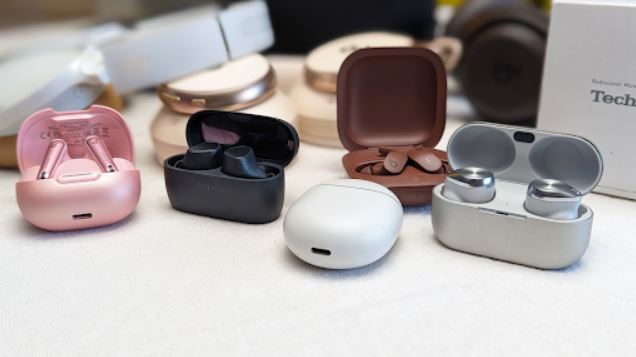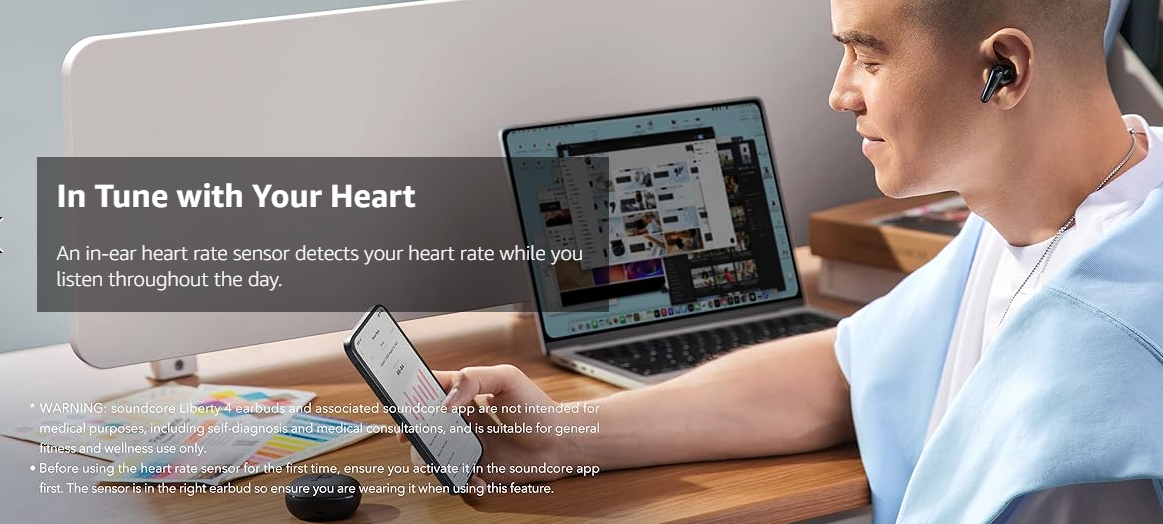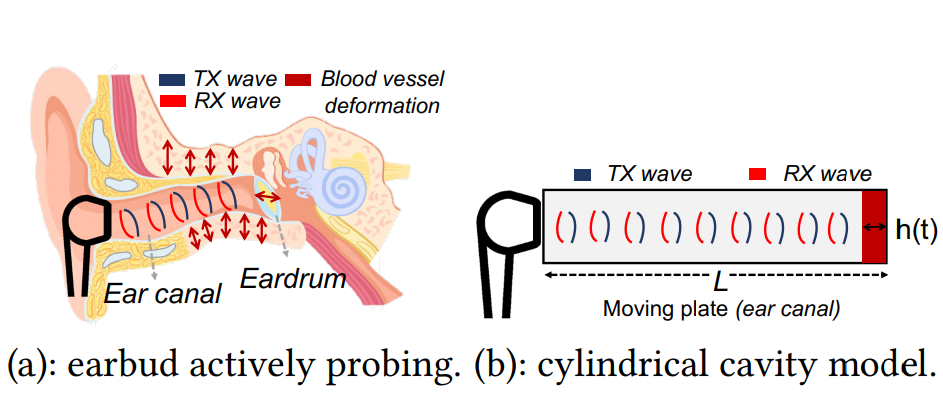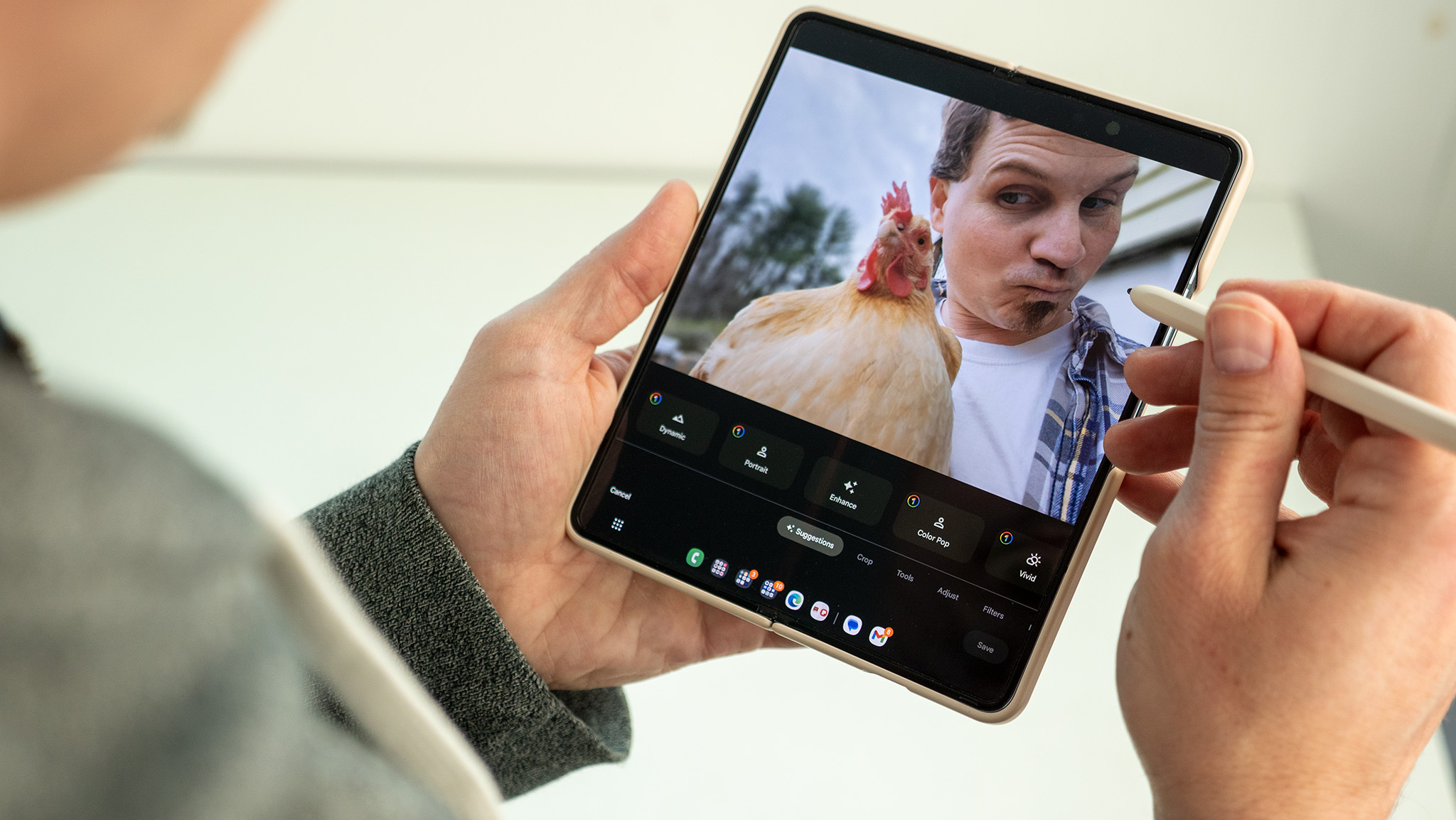How can Google use earbuds to check your heart rate?
Light and sound do a lot of cool things.

Recently, Google published a research paper that details how the company was able to use any wireless earbuds with ANC (Active Noise Cancellation) to track a user's heart rate.
We expect to see all kinds of new ideas from big tech companies like Google, but this one sounds like it just came out of left field. It shows how diversified Google can be when it's not tracking us across the internet, as well as showcasing the ingenuity of some of the smart folks who work there.
It's also pretty cool. But how does it work?
PPG: Photoplethysmography

Using earbuds to check your heart rate isn't a new idea. Products like Anker's Soundcore Liberty 4 earbuds can do a decent job at reading your heart rate and shifting the data off to an app where you can monitor it. They use a PPG sensor that's built into the body of one (or both) of the earbuds to do it.
PPG is a simple sensor that uses light to detect minute changes in the size and shape of the surface of the skin. It doesn't need to penetrate through the skin, so the sensor is low-power and non-invasive — you have no idea it's happening because you can't feel, see, or hear it.
You're probably already familiar with this because it's how your smartwatch works. When you take it off, you might have noticed the flashing — usually green — lights on the part that would rest against your wrist. Those send light towards your skin while another sensor reads what gets reflected.
When blood rushes through that part of your skin, like what happens when your heart beats, the physical shape and density of the tissue changes. Not very much, mind you, but just enough for a PPG sensor to measure it.
Be an expert in 5 minutes
Get the latest news from Android Central, your trusted companion in the world of Android
That gets recorded as a heartbeat. It's simple and cheap, which device makers love, and it doesn't cause any sort of discomfort, which users like you and I love. It works pretty well — even "real" medical equipment uses the tech, though it's usually better calibrated and a lot more expensive.
APG: Audioplethysmography

Google did things very differently and is using sound instead of light to detect a heartbeat through what it calls APG, which stands for "audioplethysmography." While it's difficult to pronounce, the concept is a lot like traditional PPG sensors we see widely used today; it just needs a little bit of AI to work.
Using software to inject a short, low-density ultrasonic signal and the microphone already present in earbuds with ANC, Google can determine when the tissue in your ear canal changes because blood is pumping through it.
The same changes that are being measured through the PPG technique using light are measured through Google's APG technique using sound and software algorithms. As the sound bounces off of the tissue inside your ear, there are tiny changes as the blood pumps through. This changes the waveform of the sound that's reflected back and captured by the little microphone on the earbud and analyzed through one of Google's AI algorithms.
What's most interesting is that Google's research shows that this method could be more effective and accurate:
"[APG] achieves consistently accurate heart rate (3.21% median error across participants in all activity scenarios) and heart rate variability (2.70% median error in inter-beat interval) measurements."
It's still just research
It's important to remember that this is "just" research. Google does a lot of it, and many (most) of the company's research projects never see the light of day. Should Google decide this is accurate enough over time and financially feasible, it could make software through an app like Google Fit available to use normal earbuds with ANC to measure your heart rhythm.
In the meantime, if you think heart rate detection through your earbuds is a great idea and something you want to use, you'll just have to buy a pair of earbuds designed to do it right now.

Jerry is an amateur woodworker and struggling shade tree mechanic. There's nothing he can't take apart, but many things he can't reassemble. You'll find him writing and speaking his loud opinion on Android Central and occasionally on Threads.
-
fuzzylumpkin I've said it before, but I still can't believe Samsung, Google, Apple and whoever else haven't figured out that they could put an accurate body temperature sensor in an earbud yet. Dumb dorks are busy sticking them to watches and phones lol.Reply
